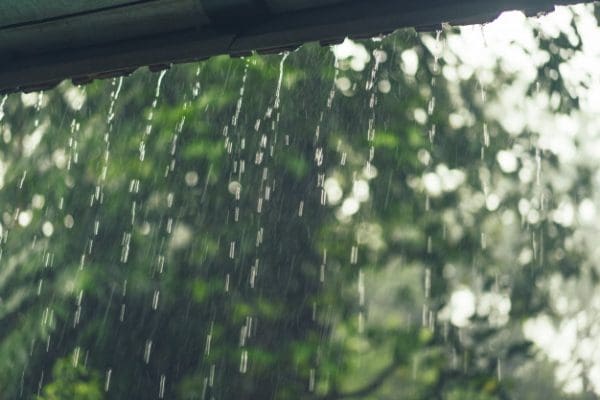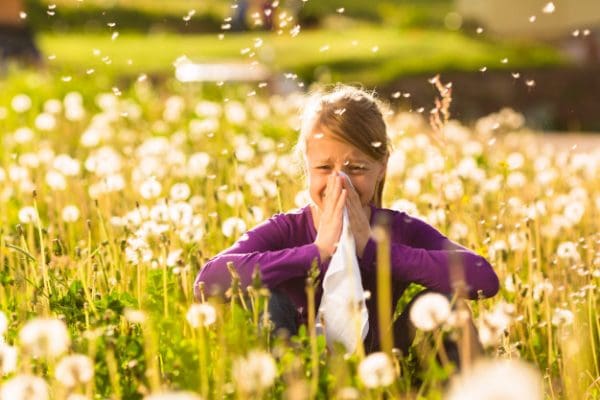With the arrival of Spring most of us are excited for the warmer weather and opportunity to spend more time outside. But for the 26 million Americans who suffer from allergies, Spring brings with it a variety of challenges.
The biggest of which, is pollen. But why is it so prevalent during the Spring? Like many other living creatures, Spring is a time of reproduction, and that fine powdery substance is a plant’s way of passing on its genetic material. With so many varieties of foliage releasing their pollen into the air, it’s the perfect setting for allergy overload.
But why does pollen bother us so much? Like any other allergic reaction, it’s our body overreacting to a harmless substance; sometimes to dangerous levels. In the case of pollen allergies, AKA Hay Fever, the symptoms are usually fairly mild and affect the sinuses and upper respiratory tract.
Thankfully there are plenty of ways to reduce your exposure to pollen and make your life a bit easier during Spring.
Here are the top 6 ways to tackle Spring allergies.
- HEPA Filters
The acronym stands for high efficiency particulate air, and is a standard of filters approved for removing small allergens from the air.
Most homeowners install these within their furnace to ensure that circulating air is cleansed through each cycle. But you can also go one step farther by purchasing cleaning items like a vacuum with one as well. This way you’re trapping particulates on the ground rather than blowing them around.
- Go Outside After a Rainy Day
The steady rains during Spring offer a welcome reprieve to those with pollen allergies, as they wash the pollen from the air and prevent heavy spreading while the rain lasts.
Because of the moisture density in the air afterwards (AKA humidity) this also temporarily lowers the spread of pollen, making it a great opportunity for allergy sufferers to enjoy the outdoors.
- Pollen Count is Highest in the Morning
This is due mostly to the evaporation of moisture as outdoors temperatures increase. As the temperature goes up, those water droplets on the ground trapping the pollen begin to evaporate, releasing the pollen trapped within.
Because of this, try to spend as little time outside in the early hours as possible. If you enjoy a morning run, consider switching to after work hours or the evening when the counts are lower.
- Keep Windows Closed
While it may seem like a great way to release allergens trapped in the house, it’s also a great way to let them in. During allergy season it’s best to keep windows closed to prevent allowing pollen particles to enter the home and become trapped inside.

- Cleanse Your Sinuses
If you’re having a particularly rough day, consider flushing your sinus cavity to cleanse it of any stubborn particulates.
Mix 1 pint warm water with 1 teaspoon of salt and ½ teaspoon baking soda (this makes it a little gentler for your sinuses). Flush as many times as needed alternating the starting nostril.
- Don’t Dry Laundry Outside
Allowing the cool breeze of Spring to dry your clothes rather than using your drying may seem like a great energy saving solution, but for allergy sufferers it’s one of the worst things they can do.
The items hanging on the line become the equivalent of a fishing net for pollen spores, which are then brought in the home.
